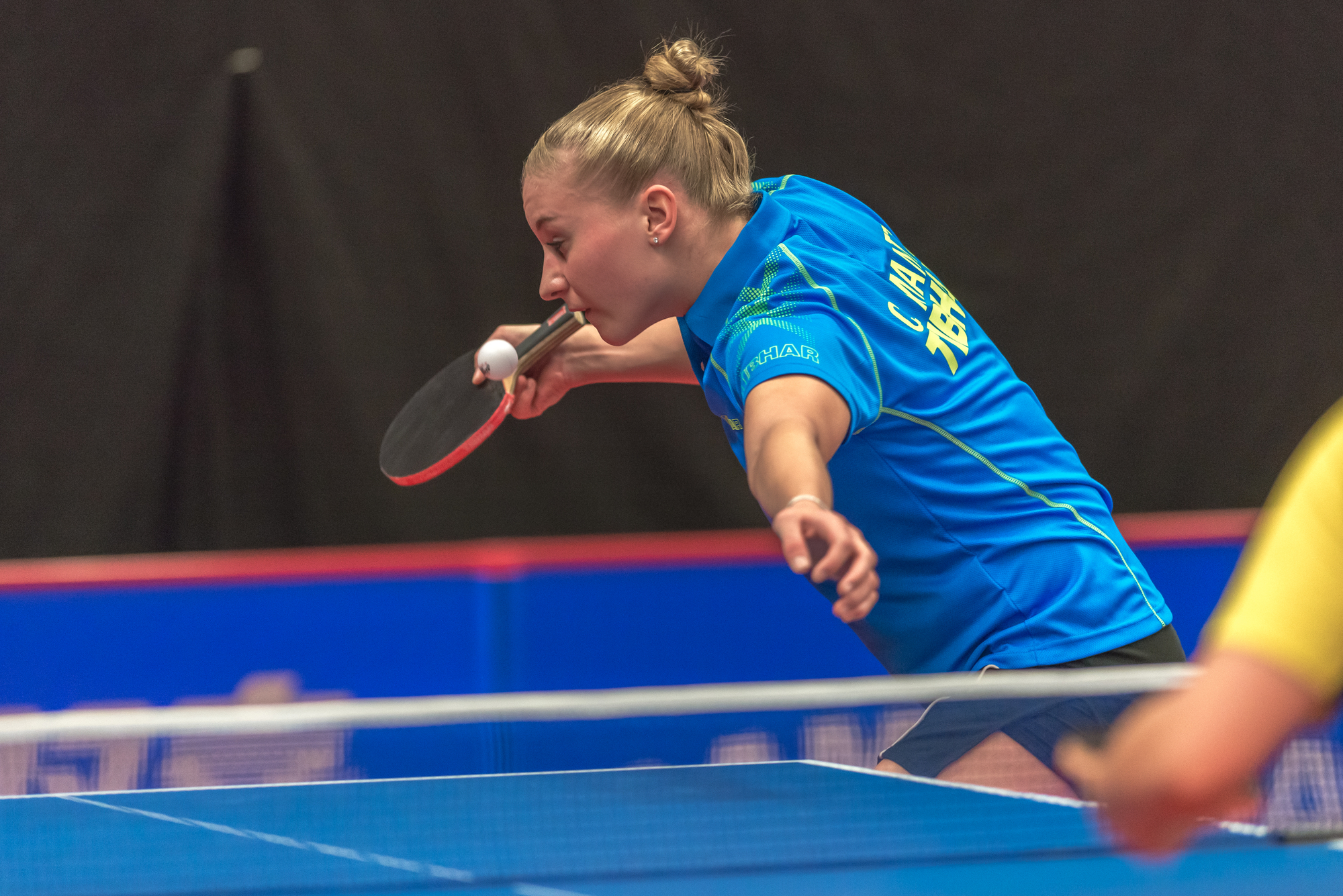Table tennis is a fast-paced and exciting sport that requires a combination of skill, technique, and strategy. One of the fundamental skills in table tennis is serving. A well-executed serve can give you the upper hand in a match, while a poor serve can quickly put you on the defensive. In this guide, we will take a closer look at the basics of table tennis serving, including the rules of serving, grip and stance, and the different types of serves.
Rules of Serving in Table Tennis
Before we dive into the techniques of serving, let’s first look at the basic rules of serving in table tennis. The International Table Tennis Federation (ITTF) has strict guidelines for serving. The ball must be held in the palm of the hand and tossed up at least 6 inches before being struck. The ball must be struck behind the server’s end line and must bounce once in the server’s court before crossing the net. Failure to comply with these rules can result in a point for your opponent.
Grip and Stance
A good grip is essential for serving in table tennis. The most common grip used for serving is the Shakehand grip, where the racket is held with the thumb and index finger forming a V shape. The middle, ring and pinkie fingers wrap around the handle.
The stance for serving is similar to that of the forehand drive, with the server’s feet shoulder-width apart, knees slightly bent, and weight evenly distributed on both feet.
Types of Table Tennis Serves
There are many types of serves in table tennis, each with its own unique characteristics. By mastering different types of serves, you can keep your opponent guessing and gain a significant advantage over them. Here are some of the most common types of serves:
Forehand Pendulum Serve
The forehand pendulum serve is one of the most commonly used serves in table tennis. To execute this serve, the server starts with their body facing the right side of the table. The ball is held in the palm of the hand, and the racket is held with a Shakehand grip. The server then tosses the ball up with their free hand, and strikes it with a quick flick of the wrist, imparting a lot of spin on the ball.
Backhand Serve
The backhand serve is another popular serve in table tennis. This serve is executed with the racket held in a backhand grip, with the fingers wrapped around the handle, and the thumb resting on the rubber. The server tosses the ball up with their free hand, and strikes it with a quick flick of the wrist, imparting a lot of spin on the ball.
Reverse Pendulum Serve
The reverse pendulum serve is a more advanced serve that is used to deceive the opponent. The server starts with their body facing the left side of the table, and then moves the ball to the right side of their body, using their wrist to create a pendulum-like motion. This serve can be particularly effective against opponents who are expecting a traditional pendulum serve.
Tomahawk Serve
The tomahawk serve is another advanced serve that can be used to deceive the opponent. This serve is executed with the racket held in a backhand grip, with the thumb resting on the rubber. The server tosses the ball up with their free hand and then strikes it with a quick flick of the wrist, imparting a lot of spin on the ball.
Conclusion
Serving is an essential skill in table tennis, and mastering the different types of serves can give you a significant advantage over your opponents. By following the tips and techniques outlined in this guide, you will be well on your way to mastering the serve.
